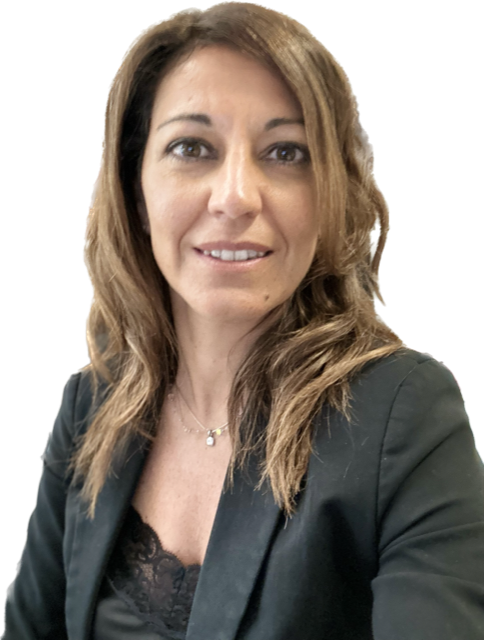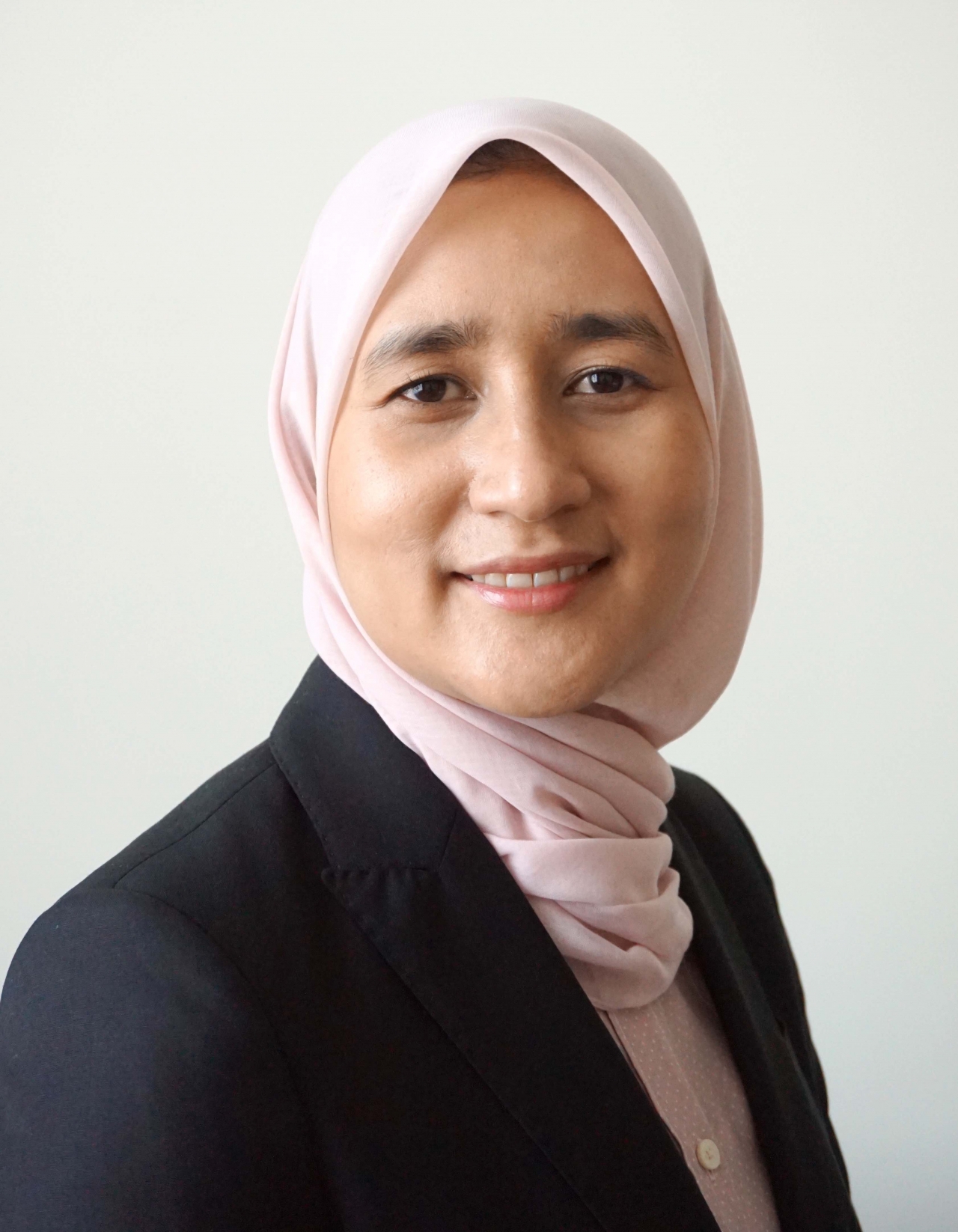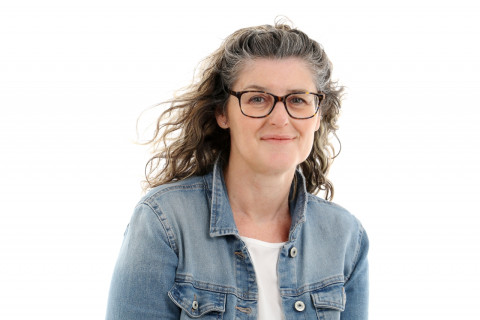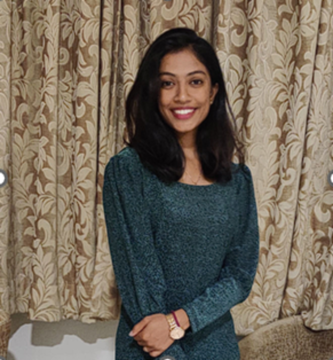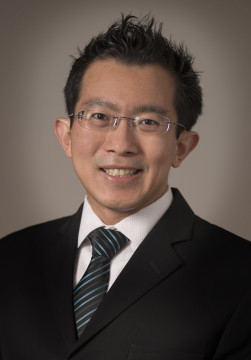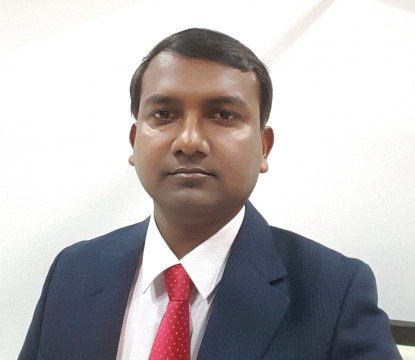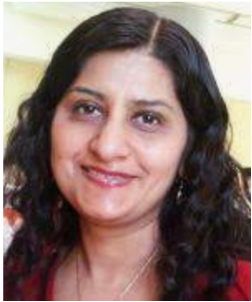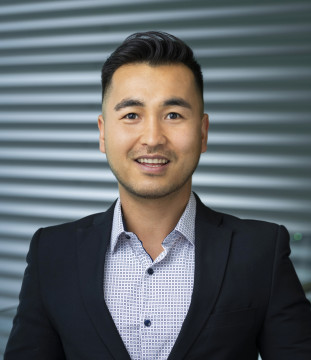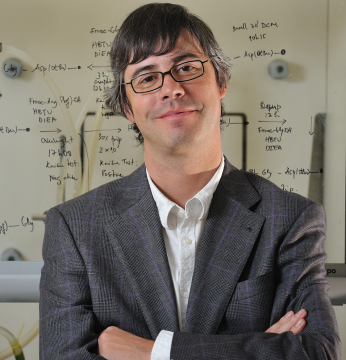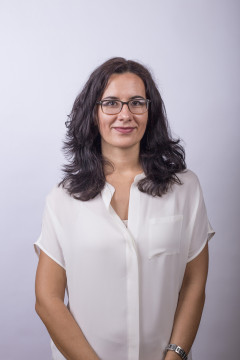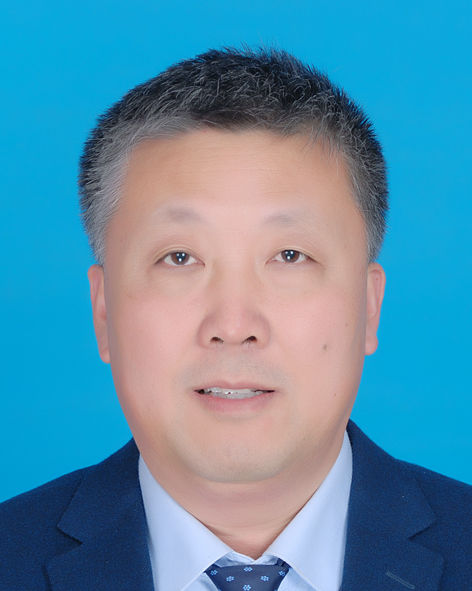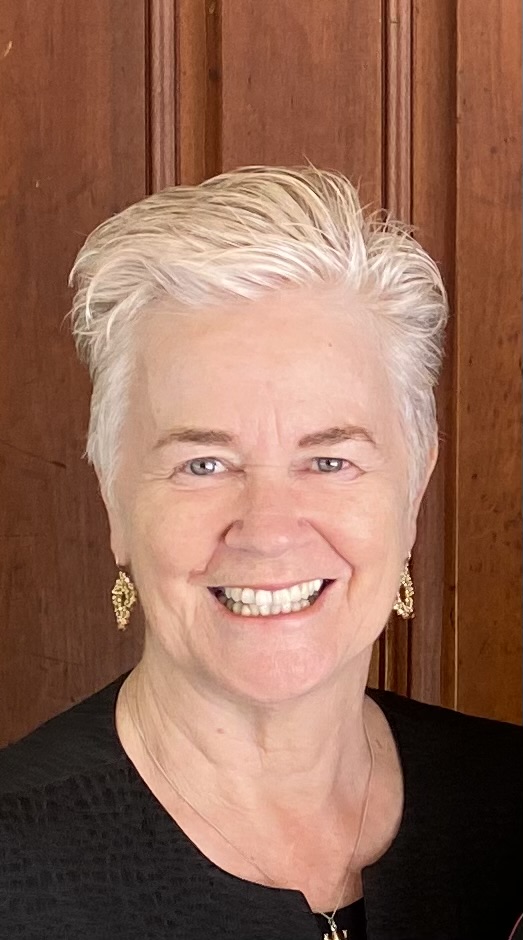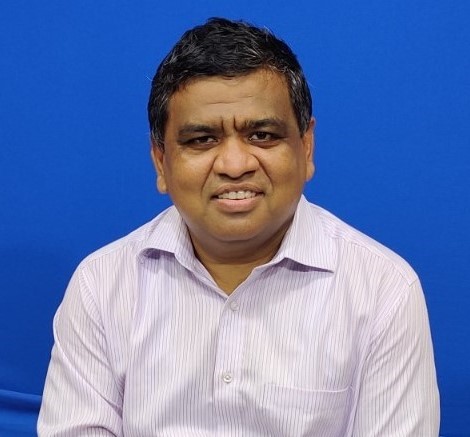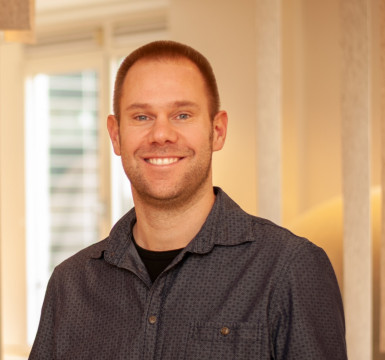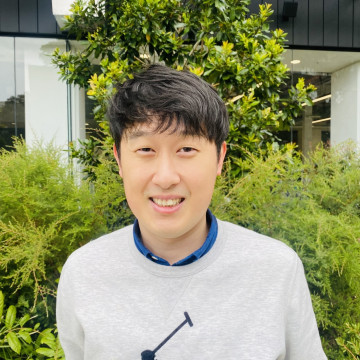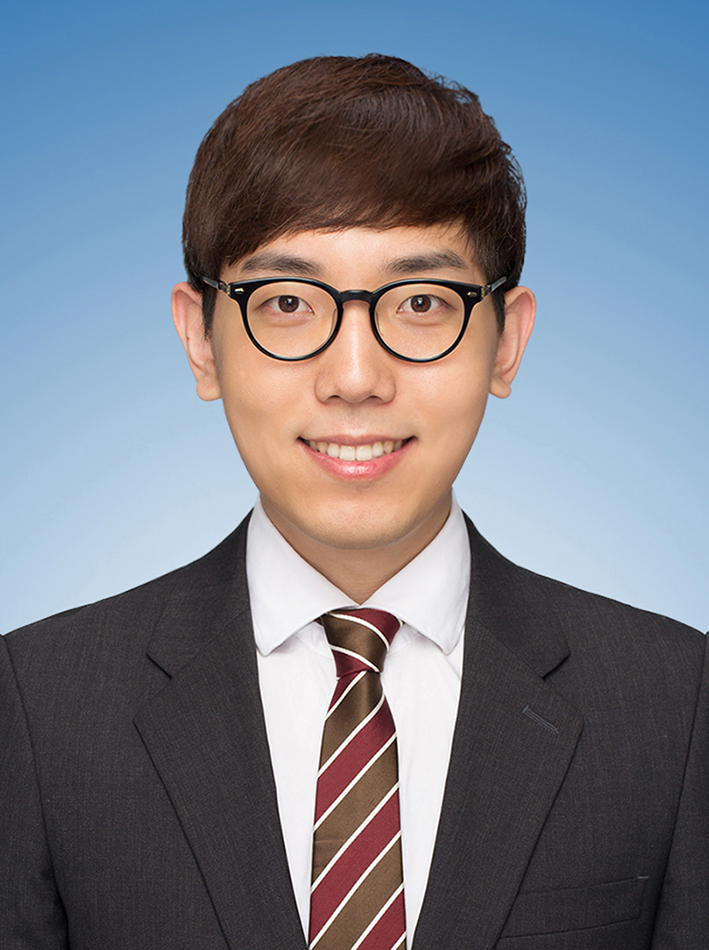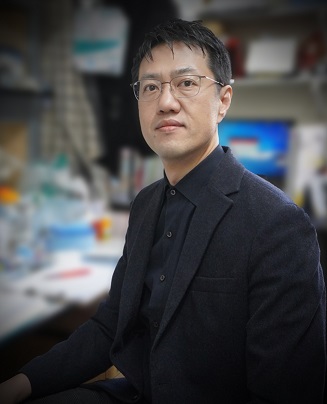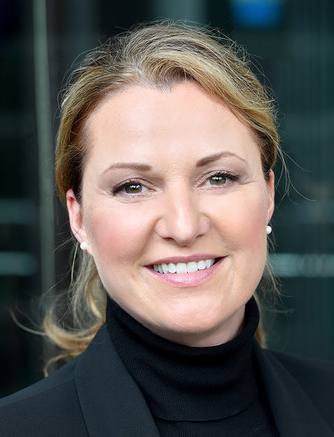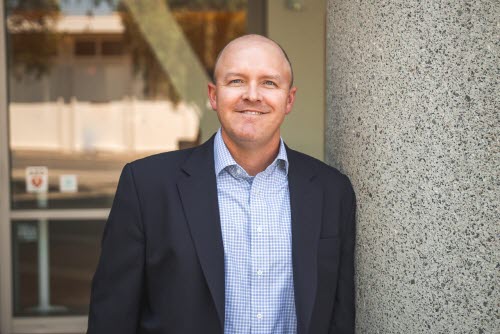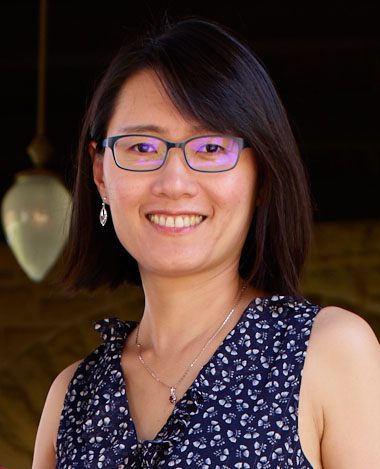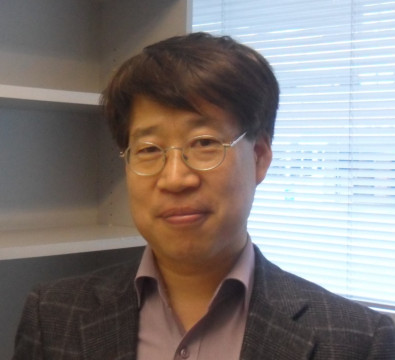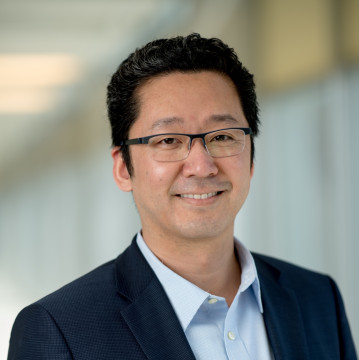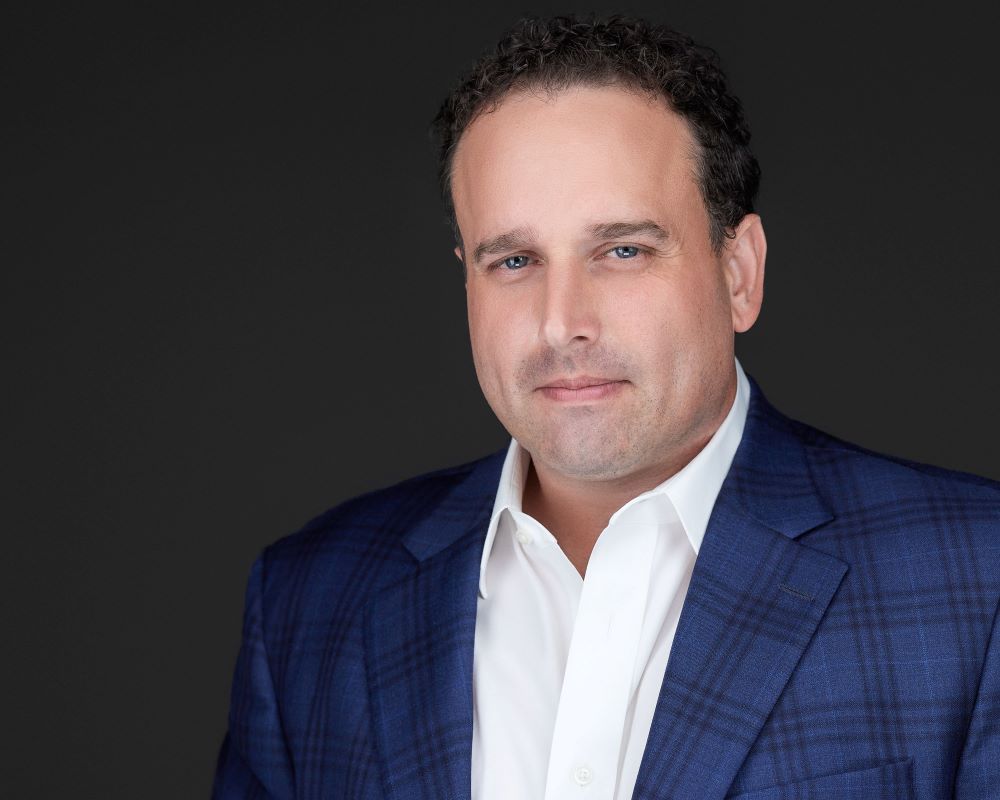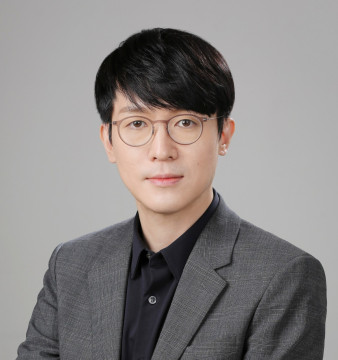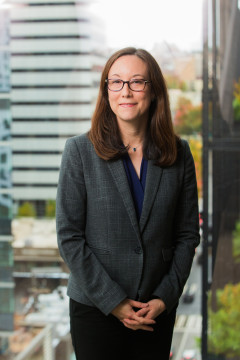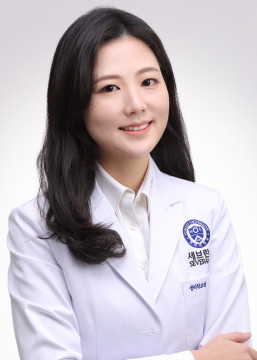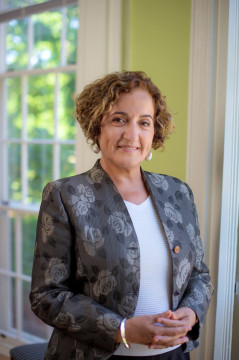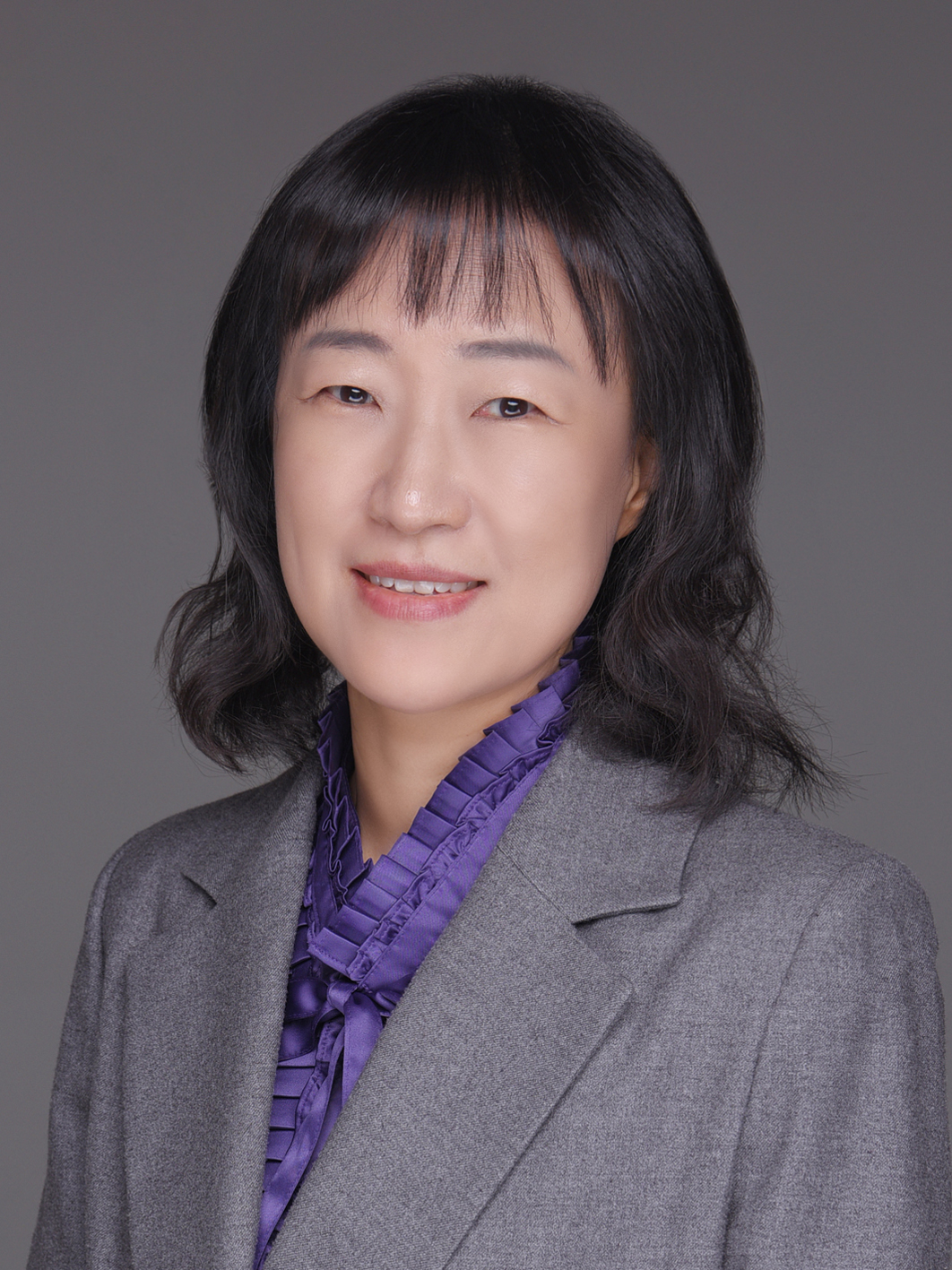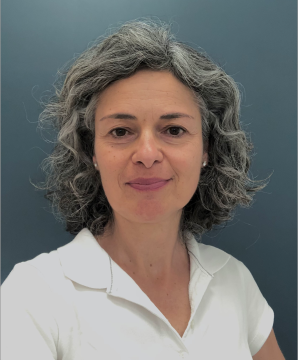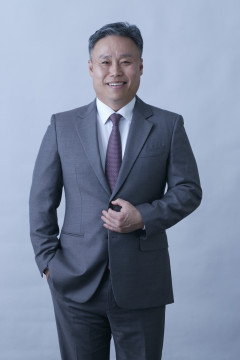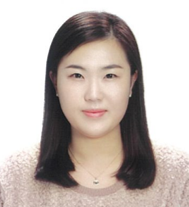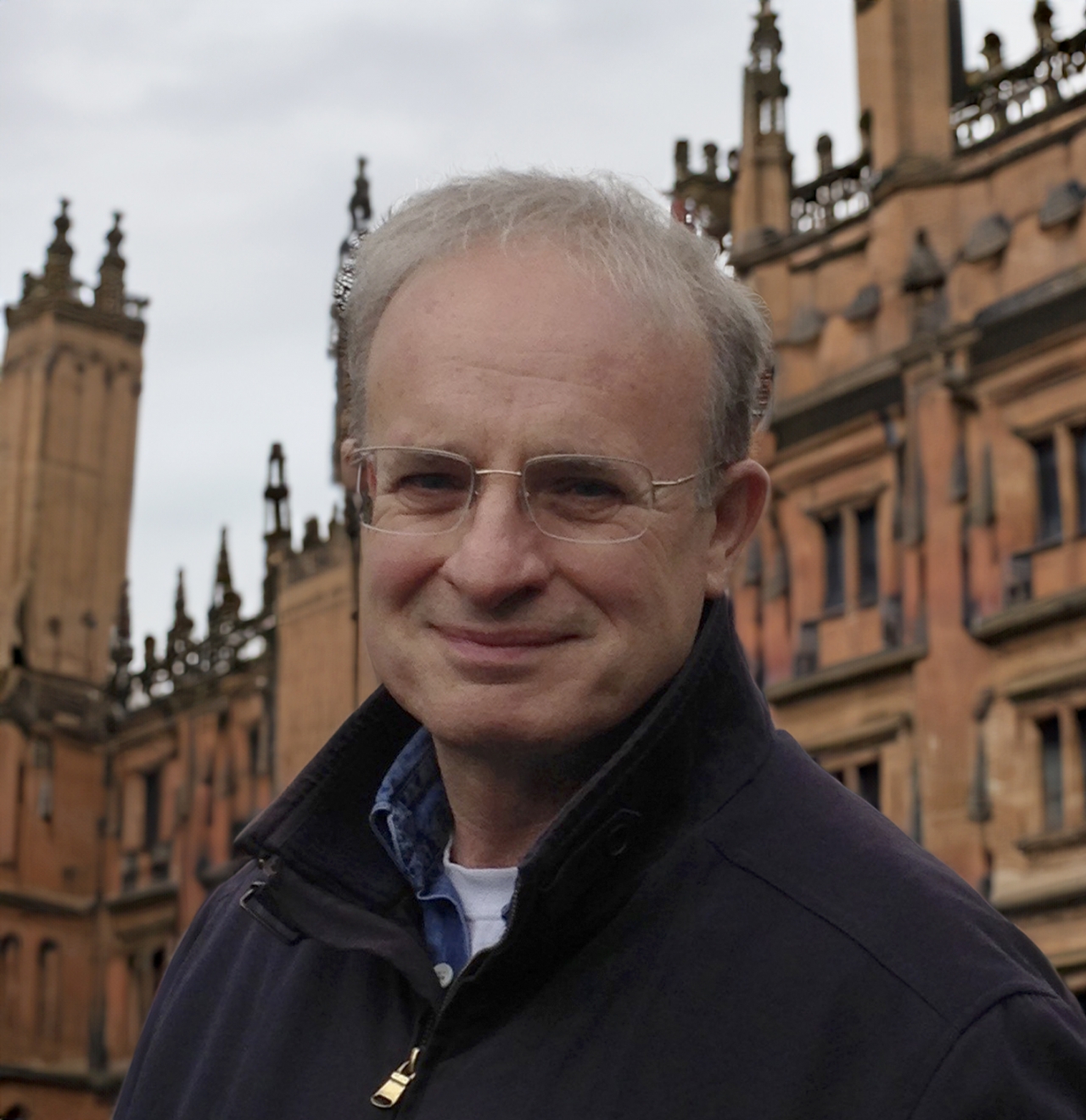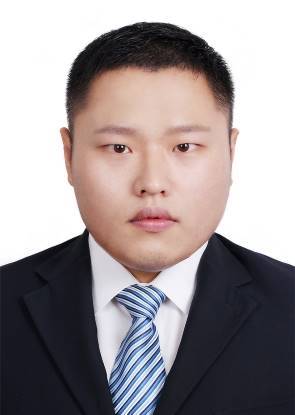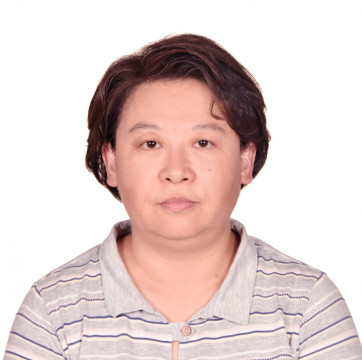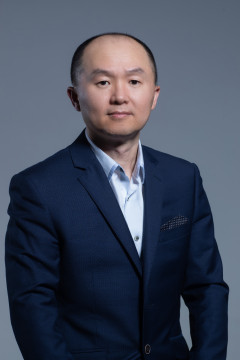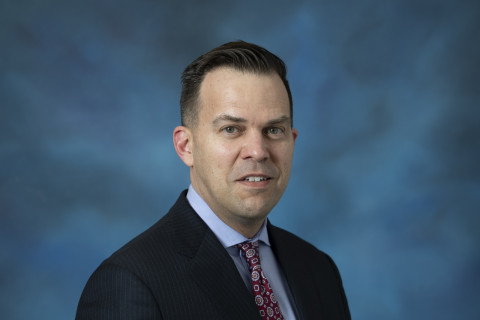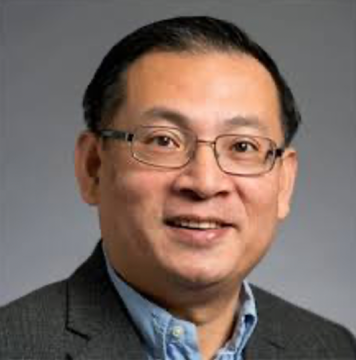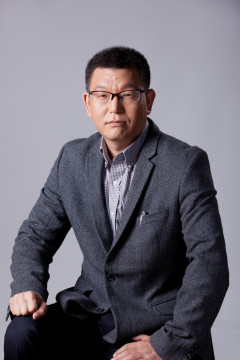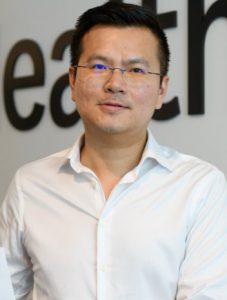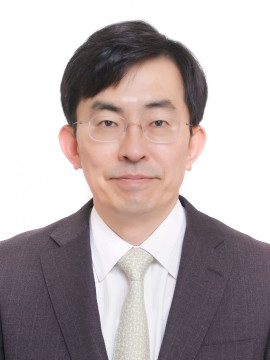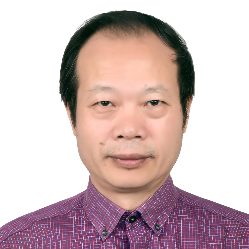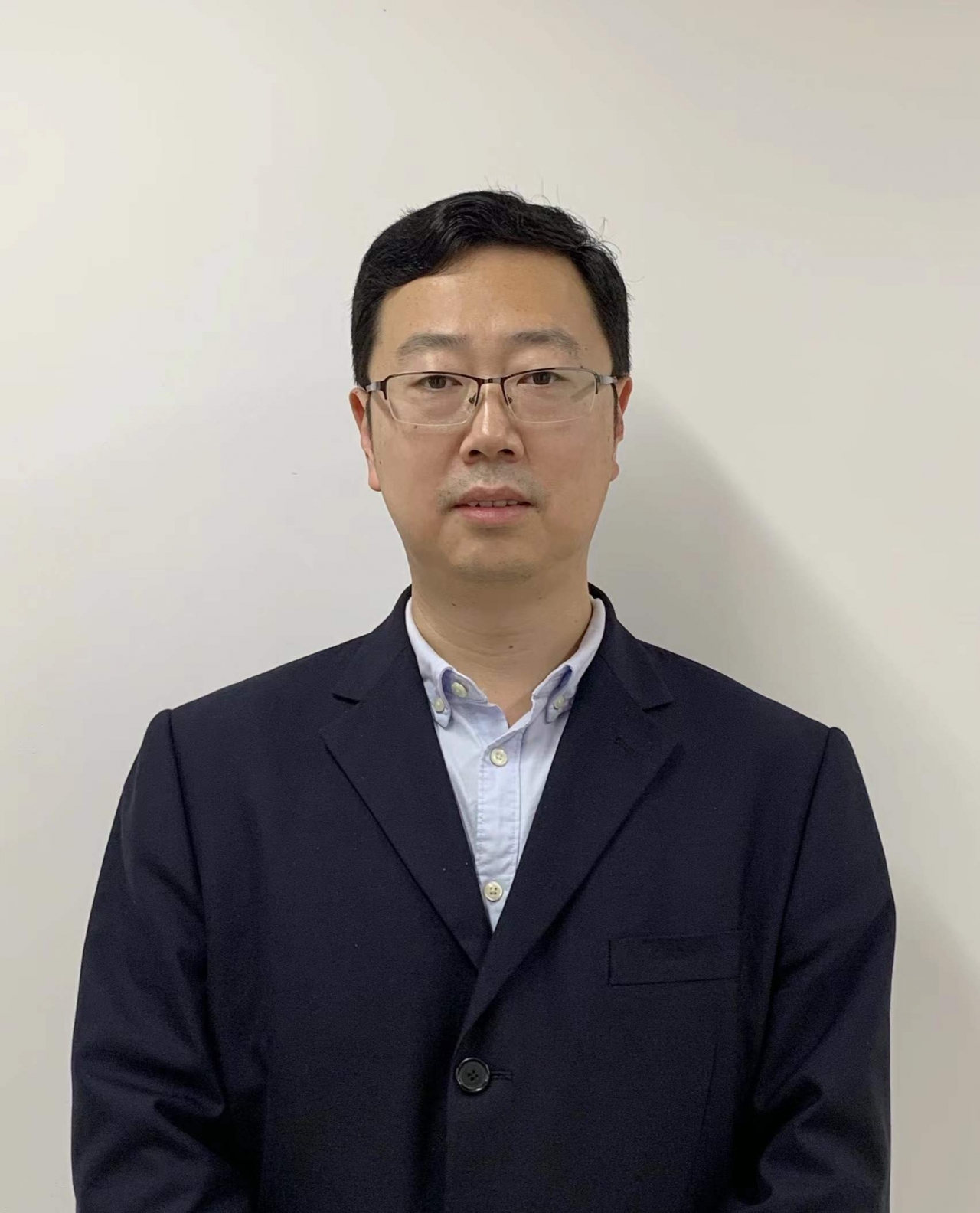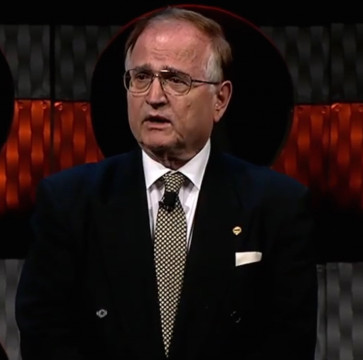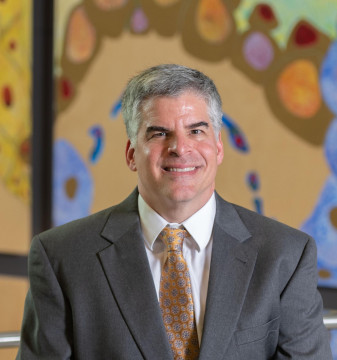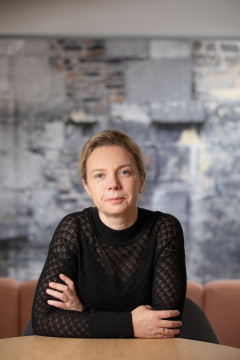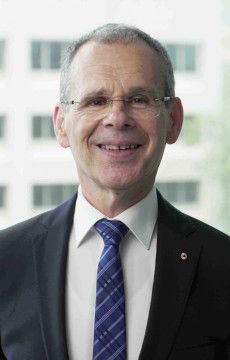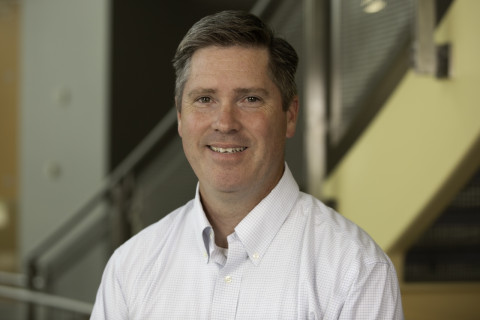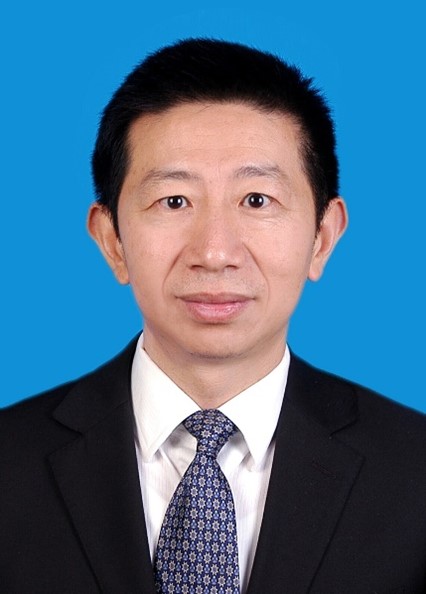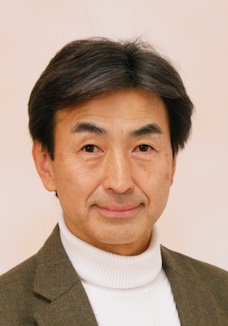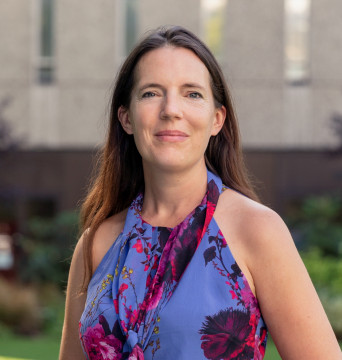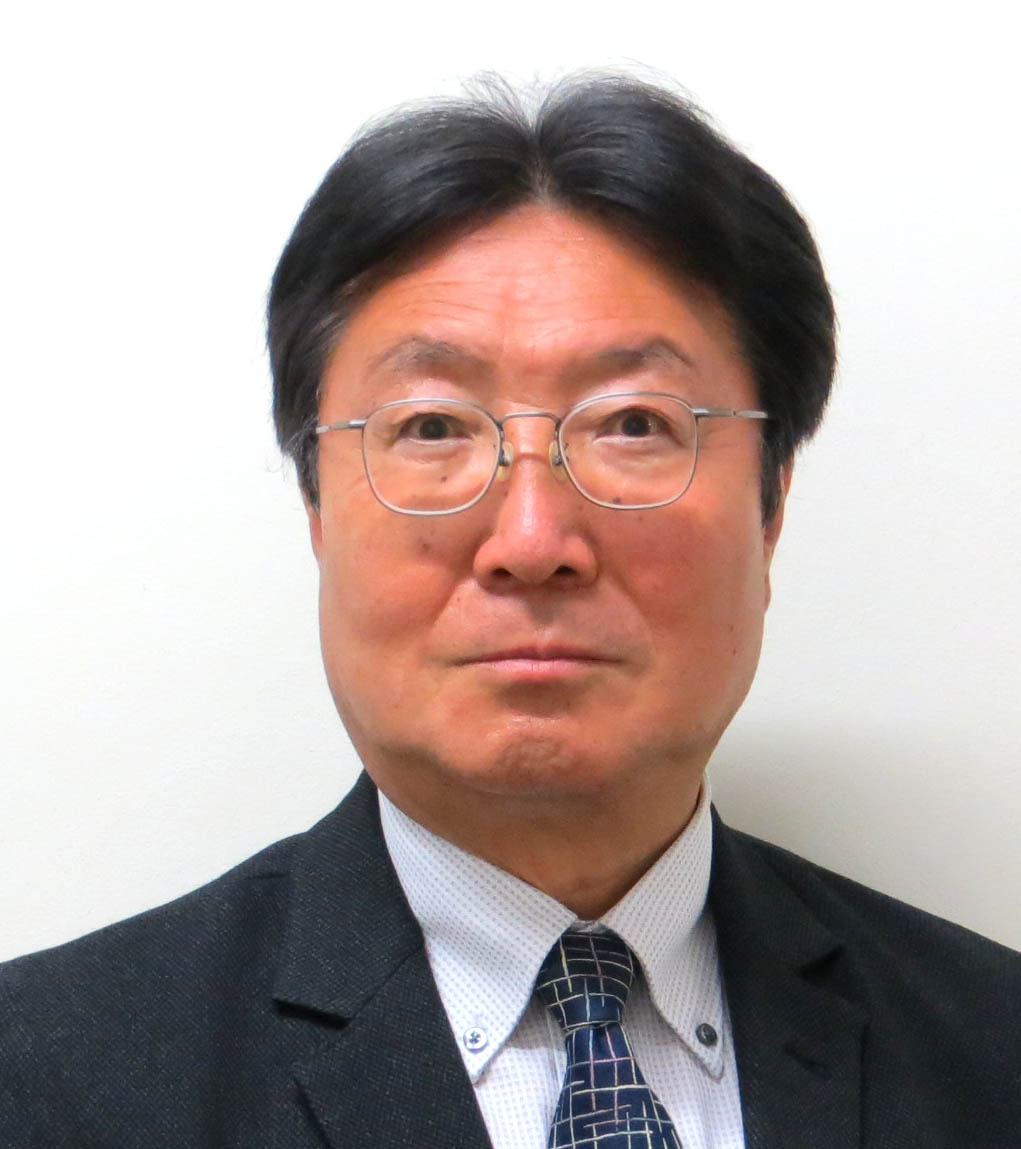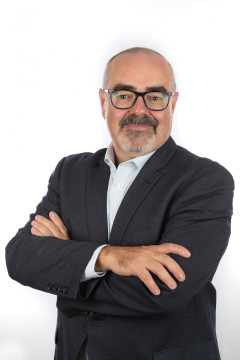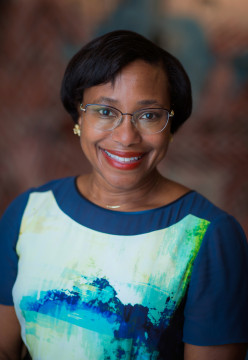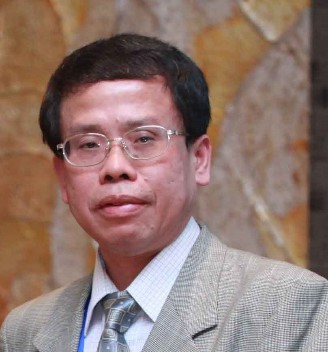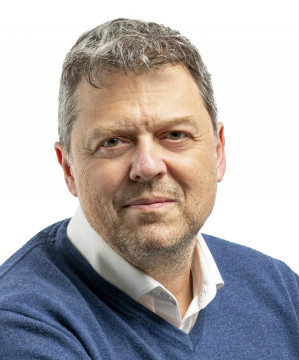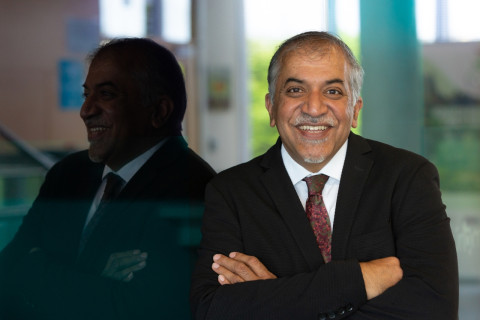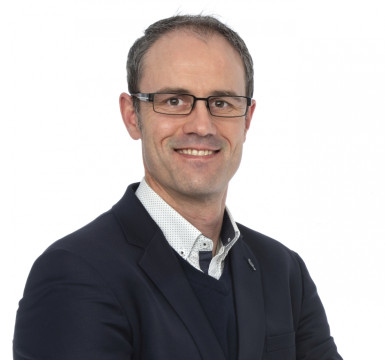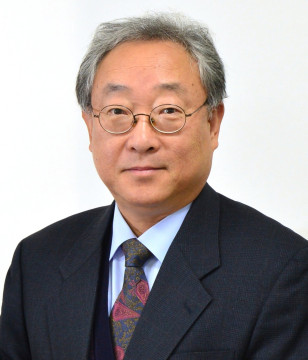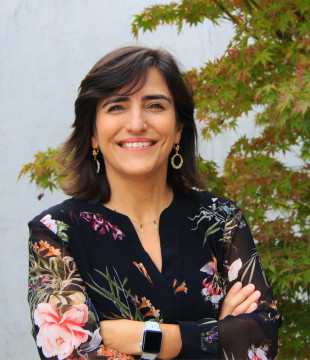Scientific Program
You can update your brief biography and profile picture on the [My Profile] page.
- Session TrackOral Session
- Session TitleTechnology for Additive Manufacturing 2 (Non-polymeric)
- Session CodeSP-T13-0472
- Date & Time / RoomMay 29 (Wed) 8:30~9:30 / Room 306-B
- Chair
-
Monica Sandri (CNR-ISSMC Institute of Science, Technology and Sustainability for Ceramics, Italy)
Nurulhuda Mohd (Department of Restorative Dentistry, Faculty of Dentistry, Universiti Kebangsaan Malaysia, Kuala Lumpur, Malaysia)
- Oral Presenter
-
8:30~8:40 : 3D printing technology for bone tissue engineering: biomimetic hydroxyapatites as osteoinductive ingredient for nanocomposite bioinks desig monica sandri (CNR-ISSMC, Italy)
8:40~8:50 : Pulsed laser-triggered nano-sized biodegradable metal powder production for the precise metal 3D printing and skin-permeable drug applications Pascale Chevallier (Laval University, Canada)
8:50~9:00 : Development of Three-Dimensional Bioprinted Gelatin/Hydroxyapatite Hydrogel for Future Use in Periodontal Regeneration Nurulhuda Mohd (Universiti Kebangsaan Malaysia, Malaysia)
9:00~9:10 : Metal-ion doped bioceramic reinforced PEEK: An FDM-friendly feedstock material for customized fabrication of bone implants Justy N Francis (Indian Institute of Technology, Jodhpur, India)
9:10~9:20 : Sustainable additive manufacturing of biodegradable iron-eggshell composite scaffolds for bone regeneration and prevention of biomaterials-associated infections Niko Eka Putra (Delft University of Technology, Netherlands)
- Session TrackOral Session
- Session TitleBiomaterials and stem cells 2
- Session CodeSP-T13-0473
- Date & Time / RoomMay 31 (Fri) 8:30~9:30 / Room 315
- Chair
-
Donny Hanjaya-Putra (University of Notre Dame, USA)
Rajendra Kumar Singh (Institute of Tissue Regeneration Engineering (ITREN), Dankook University, Republic of Korea, Korea, Republic of)
- Oral Presenter
-
8:30~8:40 : Mesenchymal stem cells properties and early differentiation in the context of leukemia: response to matrix bound growth factors Irene Arnaldos Pérez (UGA, CEA, France)
8:40~8:50 : Hyaluronic Acid Hydrogels with Phototunable Supramolecular Crosslinking for Spatially Controlled Lymphatic Tube Morphogenesis Donny Hanjaya-Putra (University of Notre Dame, USA)
8:50~9:00 : Cytoskeletal-to-nuclear mechanoresponses in MSC via Electromagnetized Au-decorated nanofiber matrix under Electromagnetic field Rajendra Kumar Singh (ITREN, Dankook University, South Korea, Korea, Republic of)
9:00~9:10 : Combinatorial approach to enhance maturation of iPSCs – derived cardiomyocytes Aleksandra Benko (AGH University of Krakow, Poland)
- Session TrackOral Session
- Session TitleBiomaterials scaffolds 4
- Session CodeSP-T13-0474
- Date & Time / RoomMay 31 (Fri) 8:30~9:30 / Room 324-B
- Chair
-
Ipsita Roy (University of Sheffield, United Kingdom)
Kenta Homma (Osaka University, Japan)
- Oral Presenter
-
8:30~8:40 : Natural and sustainable biomaterials of bacterial origin and their biomedical applications Ipsita Roy (University of Sheffield, United Kingdom)
8:40~8:50 : Fabrication of a visible-light responsive azobenzene-bearing scaffold for user-defined control of integrin-mediated mechanotransduction Kenta Homma (Osaka University, Japan)
8:50~9:00 : Tailored gelatin methacrylic cryogels as versatile 3D freeform printing multifunctional approach João Rodrigues (University of Aveiro, Portugal)
- Session TrackOral Session
- Session TitleBiomaterials for medical applications 4
- Session CodeSP-T13-0475
- Date & Time / RoomMay 31 (Fri) 8:30~9:30 / Room 323
- Chair
-
Gerard Insley (Uppsala University - Angstrom Institute, Sweden)
Yuhe YANG (Department of Applied Biology and Chemical Technology, The Hong Kong Polytechnic University, Hong Kong SAR, China)
- Oral Presenter
-
8:30~8:40 : Injectable, self-contained, subaqueously crosslinking laminous adhesives for biophysical-chemical modulation of osteochondral microenvironment Yuhe YANG (The Hong Kong Polytechnic University, Hong Kong SAR, China)
8:40~8:50 : In Situ Cartilage Tissue Engineering for Osteochondral Repair: A Multiphasic Approach Serena Duchi (university of melbourne, Australia)
8:50~9:00 : OctaCalcium Phosphate scaffolds modification and functionalisation delivers superior bone healing in-vitro and in vivo. Gerard Insley (Uppsala University, Ireland)
9:00~9:10 : Biofabricaiton of zonal articular cartilge grafts using microtissues primed in altered oxygen environments Nadia Rodriguez (Trinity College Dublin, Ireland)
- Session TrackOral Session
- Session TitleAntimicrobial drug delivery 2
- Session CodeSP-T13-0476
- Date & Time / RoomMay 31 (Fri) 8:30~9:30 / Room 314
- Chair
-
Alexey Vertegel (Clemson University, USA)
Hanif Haidari (Future Industries Institute, University of South Australia, Mawson Lakes SA 5095, Australia)
- Oral Presenter
-
8:30~8:40 : Natural antimicrobial coatings for surgical implants Alexey Vertegel (Clemson University, USA)
8:40~8:50 : Bacteria-Activated Smart Antibacterial Hydrogel with On-Demand Release Based on Wound Microenvironment Changes Hanif Haidari (University of South Australia, Australia)
8:50~9:00 : Biocompatibility of Small Molecule Modified Polyurethane Biomaterials that Interfere with Bacterial Intracellular Nucleotide Signaling Lichong Xu (Penn State College of Medicine, USA)
9:00~9:10 : Lysozyme-assisted ultrasonic exfoliation of graphitic carbon nitride into highly stable nanosheets with enhanced bactericidal capacity Da-Chuan Yin (Northwestern Polytechnical University, China)
- Session TrackLuncheon Seminar
- Session TitleFBSE WBC - Fellows Debate
- Session CodeSP-T14-0378
- Date & Time / RoomMay 28 (Tue) 12:20~13:30 / Room 306-A
- Organizer
-
Rui Reis (3B's Research Group/Univ. Minho, Portugal)
- Chair
-
Rui Reis (3B's Research Group/Univ. Minho, Portugal)
- Invited Speaker
-
Milica Radisic (University of Toronto, Canada)
Changyou Gao (Zhejiang University, China)
Laura Poole-Warren (The University of New South Wales, Australia)
Bikramjit Basu (Indian Institute of Science, Bangalore, India)
- Session TrackLuncheon Seminar
- Session TitleBiomaterials Education Symposium at the WBC 2024
- Session CodeSP-T14-0388
- Date & Time / RoomMay 29 (Wed) 12:20~13:30 / Room 324-A
- Organizer
-
Jurica Bauer (Maastricht University, Netherlands)
- Chair
-
Jurica Bauer (Maastricht University, Netherlands)
Young Jung No (The University of Sydney, Australia)
- Keynote Speaker
-
12:20~12:45 : Undergraduate and graduate training in biomaterials within a BME curriculum Johnna S. Temenoff (Georgia Tech and Emory University, USA)
- Invited Speaker
-
12:45~13:00 : Teaching biomaterials in a new multidisciplinary bachelor “Regenerative Medicine and Technology” Jurica Bauer (Maastricht University, Netherlands)
13:00~13:15 : Effectively engaging the next generation of biomedical engineers in biomaterials through innovative learning activities and assessment design Young Jung No (The University of Sydney, Australia)
13:15~13:30 : Integrating Engineering Principles into Biotechnology Education Through Biomaterials and Biomedical Engineering Jeong-Kee Yoon (Chung-Ang University, Korea, Republic of)
- Session TrackLuncheon Seminar
- Session TitleMeet editors related to biomaterials
- Session CodeSP-T14-0402
- Date & Time / RoomMay 28 (Tue) 12:20~13:30 / Room 325-AB
- Organizer
-
Hyuk Sang Yoo (Kangwon National University, Korea, Republic of)
- Chair
-
Hyuk Sang Yoo (Kangwon National University, Korea, Republic of)
Katja Schenke-Layland (Eberhard Karls University Tubingen, Germany)
- Invited Speaker
-
Kam W. Leong (Columbia University, USA)
Kent Leach (University of California Davis, USA)
Katja Schenke-Layland (Eberhard Karls University Tubingen, Germany)
Fan Yang (Stanford University School of Medicine, USA)
Byeongmoon Jeong (Ewha Womans University, Korea, Republic of)
Michaela Muehlberg (Royal Society of Chemstry (RSC), United Kingdom)
- Session TrackLuncheon Seminar
- Session TitleRegulatory perspectives on biologics composed of cell therapy and biomaterials
- Session CodeSP-T14-0458
- Date & Time / RoomMay 30 (Thu) 12:20~13:30 / Room 324-A
- Organizer
-
Joo Hee (Elise) Kim (Ajou University, Korea, Republic of)
- Chair
-
Joo Hee (Elise) Kim (Ajou University, Korea, Republic of)
James Moon (University of Michigan, Ann Arbor, USA)
- Invited Speaker
-
12:20~12:50 : Combination Products: Advanced Drug Delivery Technologies and Cell/Gene Therapies James Wabby (Regulatory Affairs (CoE), AbbVie, Inc, USA)
12:50~13:20 : Regulatory aspect of extaracellular vasicles for regenerative medicine Takahiro Ochiya (Tokyo Medical University, Japan)
- Session TrackLuncheon Seminar
- Session TitleWomen in Biomaterials Science
- Session CodeSP-T14-0459
- Date & Time / RoomMay 28 (Tue) 12:20~13:20 / Room 324-A
- Organizer
-
Seung-Woo Cho (Yonsei University, Korea, Republic of)
- Chair
-
Shelly Sakiyama-Elbert (University of Washington, USA)
Yoonhee Jin (Yonsei University, Korea, Republic of)
- Invited Speaker
-
12:20~12:35 : Strength in Diversity: A BioEngineering Journey Hala Zreiqat (University of Sydney, Australia)
12:35~12:50 : Past, Present, and Future States of Korean Woman Scientists in Korean Biomaterials Research Society Sung Yun Yang (Chungnam National University, Korea, Republic of)
12:50~13:05 : A fascinating journey in Biomaterials for Tissue Engineering Maria Chatzinikolaidou (Foundation for Research and Technology Hellas (FORTH) Institute of Electronic Structure and Laser 100, Greece)
- Session TrackLuncheon Seminar
- Session TitleCompany Seminar (Dentium)
- Session CodeSP-T14-0460
- Date & Time / RoomMay 30 (Thu) 12:20~13:10 / Room 325-AB
- Invited Speaker
-
12:20~13:10 : Collagen Matrix(Collagen Graft 2) vs Membrane Sung-Tae Kim (Seoul national university School of Dentistry, Korea, Republic of)
- Session TrackLuncheon Seminar
- Session TitleCompany Seminar (Genoss)
- Session CodeSP-T14-0461
- Date & Time / RoomMay 29 (Wed) 12:20~13:10 / Room 325-AB
- Invited Speaker
-
Seong-Ok Na (GENOSS, Korea, Republic of)
- Session TrackLuncheon Seminar
- Session TitleCompany Seminar (Rousselot / Readily3D)
- Session CodeSP-T14-0462
- Date & Time / RoomMay 29 (Wed) 12:20~13:10 / Room 325-CD
- Invited Speaker
-
12:45~13:10 : 3D volumetric tomographic bioprinting Paul Delrot (Readily3D, Switzerland)
- Session TrackLuncheon Seminar
- Session TitleCompany Seminar (MAVERICK / Desktop Health™)
- Session CodeSP-T14-0464
- Date & Time / RoomMay 28 (Tue) 12:20~13:10 / Room 322
- Invited Speaker
-
12:20~12:45 : Telocollagen additives for Regenerative Medicine seen through a Dental Device Lens Terance Hart (Maverick Biosciences, United Kingdom)
12:45~13:10 : Designing patterns for tubular scaffolds using the 3D-Bioplotter’s PrintRoll system Carlos Carvalho (Desktop Health™, Germany)
- Session TrackLuncheon Seminar
- Session TitleCompany Seminar (DENTIS / Dalim Tissen)
- Session CodeSP-T14-0467
- Date & Time / RoomMay 28 (Tue) 12:20~13:10 / Room 325-CD
- Invited Speaker
-
12:20~12:45 : Overview of Compact bone grafting and absorptive membranes Inhae Shin (Human Materials R&D Team, Korea, Republic of)
Hemostatic efficacy and safety of CollaStat in a spinal surgery In Bo Han (CHA Univ. School of Medicine, Korea, Republic of)
- Session TrackWorkshop
- Session TitleRecent Advanced in 3D Printing and Bioprinting for Medical Applications
- Session CodeSP-T15-0483
- Date & Time / RoomMay 27 (Mon) 13:00~16:00 / Room 211
- Organizer
-
Roger Narayan (UNC/NCSU Joint Department of Biomedical Engineering, USA)
- Co-organizer
-
Roger Narayan (UNC/NCSU Joint Department of Biomedical Engineering, USA)
- Chair
-
Roger Narayan (UNC/NCSU Joint Department of Biomedical Engineering, USA)
Jinah Jang (Pohang University of Science and Technology, Korea, Republic of)
- Invited Speaker
-
Wei Sun (Drexel University and Tsinghua University, China)
James Yoo (Wake Forest Institute for Regenerative Medicine, USA)
Jinah Jang (Pohang University of Science and Technology, Korea, Republic of)
Roger Narayan (UNC/NCSU Joint Department of Biomedical Engineering, USA)
Jinye Wang (Shanghai Jiao Tong University, China)
- Session TrackWorkshop
- Session TitleBiomaterials Science Excellence and Technology Translation
- Session CodeSP-T15-0484
- Date & Time / RoomMay 27 (Mon) 16:00~19:00 / Room 211
- Organizer
-
Bingyun Li (West Virginia University School of Medicine, USA)
- Chair
-
Jian Yang (Westlake University, China)
Kelvin Yeung (The University of Hong Kong, Hong Kong SAR, China)
- Invited Speaker
-
William Wagner (University of Pittsburgh, USA)
Guillermo Ameer (Northwestern University, USA)
Xuesi Chen (University of Chinese Academy of Sciences, China)
Shaoyi Jiang (Cornell University, USA)
- Session TrackWorkshop
- Session TitleExplore a better future with advanced science and technology
- Session CodeSP-T15-0485
- Date & Time / RoomMay 28 (Tue) 16:30~18:40 / Room 211
- Organizer
-
Xing-Jie Liang (National Center for Nanoscience and Technology of China, China)
- Chair
-
Xing-Jie Liang (National Center for Nanoscience and Technology of China, China)
Bingyang Shi (Henan University, China)
- Invited Speaker
-
Kam Leong (Columbia University, USA)
Daxiang Cui (Henan University, China)
Juyong Yoon (Ewha Womans University, Korea, Republic of)
Guixue Wang (Bioengineering College of Chongqing University, China)
Hyung-Jun Im (Seoul National University, Korea, Republic of)
Dong Ma (Jinan University, China)
- Session TrackPlenary Lecture
- Session TitlePlenary Lecture 1
- Session CodeSP-T16-0486
- Date & Time / RoomMay 27 (Mon) 10:40~11:30 / Convention Hall
- Keynote Speaker
-
Nicholas A. Peppas (The University of Texas at Austin, USA)
- Chair
-
Andrés J. García (Andrés J. García, USA)
Heungsoo Shin (Hanyang University, Korea, Republic of)
- Session TrackPlenary Lecture
- Session TitlePlenary Lecture 2
- Session CodeSP-T16-0487
- Date & Time / RoomMay 28 (Tue) 11:20~12:10 / Convention Hall
- Keynote Speaker
-
Pamela Habibovic (Maastricht University, Netherlands)
- Chair
-
Anthony Weiss (University of Sydney, Australia)
John Fisher (University of Maryland, USA)
- Session TrackPlenary Lecture
- Session TitlePlenary Lecture 3
- Session CodeSP-T16-0488
- Date & Time / RoomMay 28 (Tue) 15:20~16:10 / Convention Hall
- Keynote Speaker
-
Yunbing Wang (Sichuan University, China)
- Chair
-
Tetsuji Yamaoka (National Cerebral and Cardiovascular Research Institute, Japan)
Molly Stevens (Imperial College London, United Kingdom)
- Session TrackPlenary Lecture
- Session TitlePlenary Lecture 4
- Session CodeSP-T16-0489
- Date & Time / RoomMay 29 (Wed) 11:20~12:10 / Convention Hall
- Keynote Speaker
-
Takao Hanawa (Tokyo Medical and Dental University, Japan)
- Chair
-
Shengmin Zhang (Huazhong University of Science and Technology, China)
Diego Mantovani (Laval University, Canada)
- Session TrackPlenary Lecture
- Session TitlePlenary Lecture 5
- Session CodeSP-T16-0490
- Date & Time / RoomMay 29 (Wed) 15:20~16:10 / Convention Hall
- Keynote Speaker
-
Paula T. Hammond (Massachusetts Institute of Technology, USA)
- Chair
-
Hsing-Wen Sung (National Tsing Hua University, Chinese Taipei)
Sung Yun Yang (Chungnam National University, Korea, Republic of)
- Session TrackPlenary Lecture
- Session TitlePlenary Lecture 6
- Session CodeSP-T16-0491
- Date & Time / RoomMay 30 (Thu) 11:20~12:10 / Convention Hall
- Keynote Speaker
-
João F. Mano (The University of Aveiro, Portugal)
- Chair
-
Abhay Pandit (University of Galway, Ireland)
Tim Woodfield (University of Otago, New Zealand)
- Session TrackPlenary Lecture
- Session TitlePlenary Lecture 7
- Session CodeSP-T16-0492
- Date & Time / RoomMay 30 (Thu) 15:20~16:10 / Convention Hall
- Keynote Speaker
-
Ick Chan Kwon (Korea Institute of Science and Technology, Korea, Republic of)
- Chair
-
Ana Paula Pego (i3S / INEB - University of Porto, Portugal)
Yong-Hee Kim (Hanyang University, Korea, Republic of)





